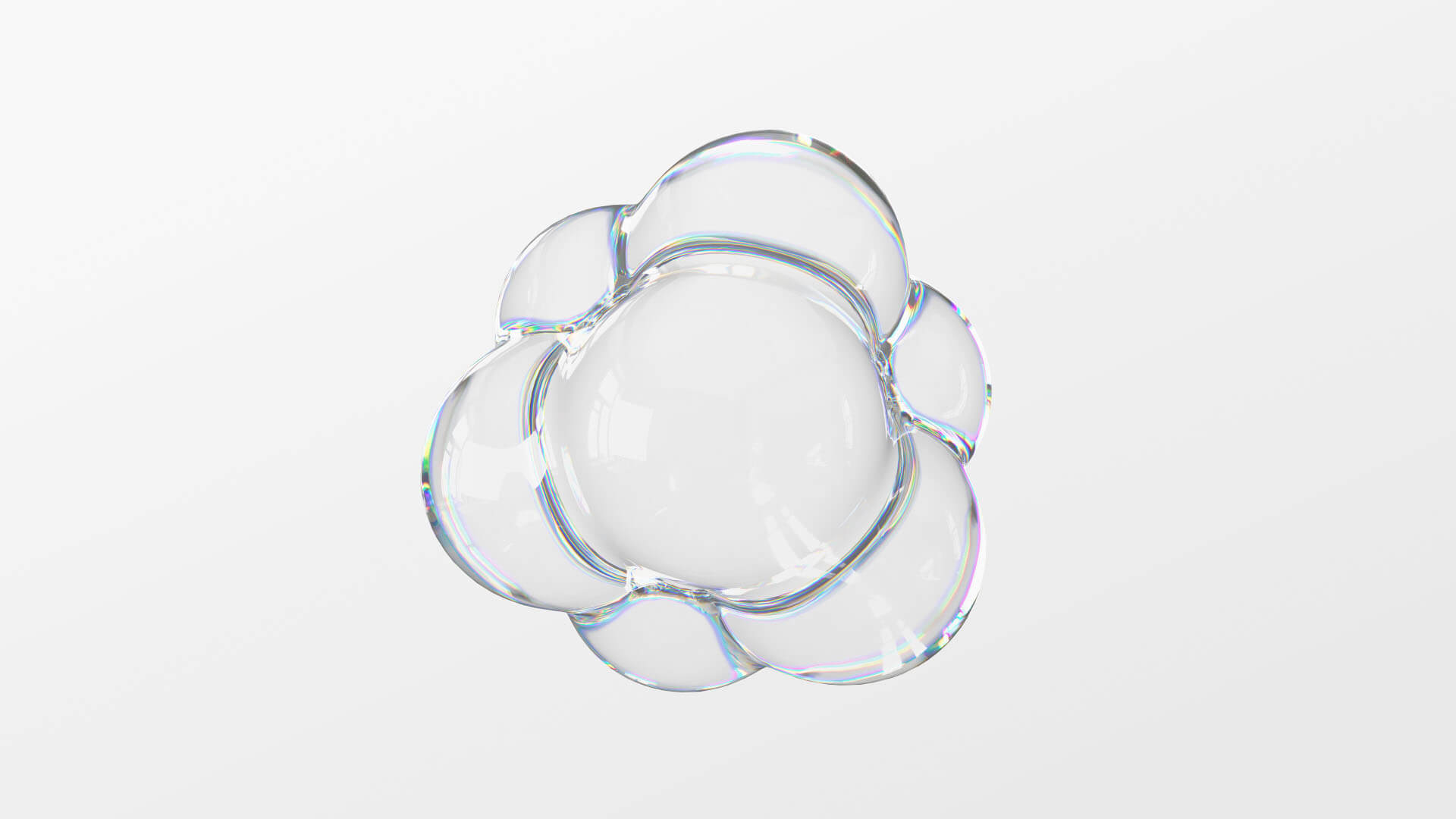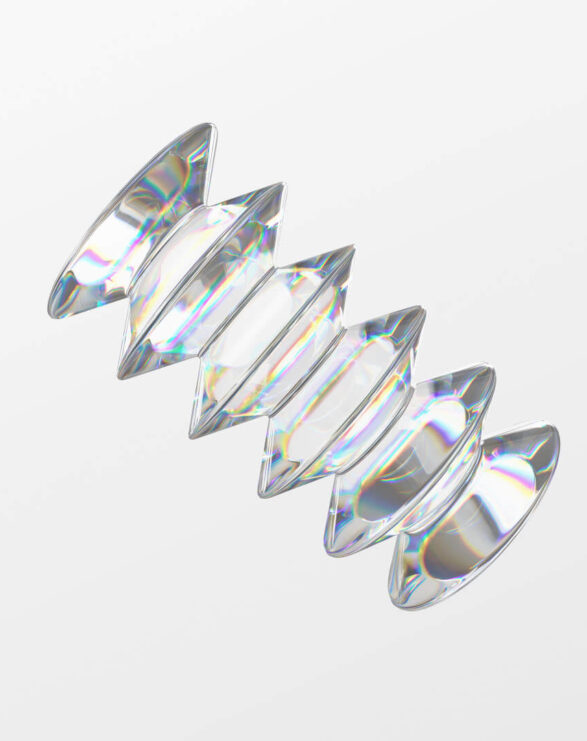Repigmentation

Melanocortins and repigmentation
Alpha-melanocyte stimulating hormone (α-MSH) has been shown to play several vital roles in promoting the return of pigment (repigmentation) to patches of vitiliginous skin. Along with other factors, it stimulates immature melanocytes, known as melanocyte stem cells, to multiply and develop into fully functioning melanocytes.
It also assists cell migration, from within hair follicles, to the epidermis of the skin. Once at the epidermis, α-MSH further affects the melanocytes, stimulating them to produce melanin through the expression of genes critical to this process. Afamelanotide, an analogue of α-MSH, is anticipated to aid the repigmentation of lesions in vitiligo patients by these same mechanisms.
Further investigation
Afamelanotide’s effects are being investigated in combination with the physical stimulant narrow-band ultraviolet B phototherapy (NB-UVB). UVB radiation is a potent melanocyte stimulant and NB-UVB is currently seen as one of the most effective therapies available for vitiligo. The addition of afamelanotide to this treatment modality is expected to assist the repigmentation process initiated by NB-UVB. It is anticipated that repigmentation of the skin will be achieved more rapidly, allowing for a reduction in the patient’s exposure to UV light; this could potentially decrease the risk of NB-UVB side effects.
Communiqués
Technology Update III
Each cell within the body has one or more receptors; molecules on or within the cell to which other molecules, called ligands (such as peptides), bind.
VIEW PDFTechnology Update II
A number of severe skin disorders are treated by phototherapy, light therapy applied at certain wavelengths.
VIEW PDFTechnology Update I
During the late eighties, various scientists simultaneously worked on and developed a number of analogues of alphamelanocyte stimulating hormone (α-MSH) to study the effect of these molecules on dermal UV-protection.
VIEW PDF


